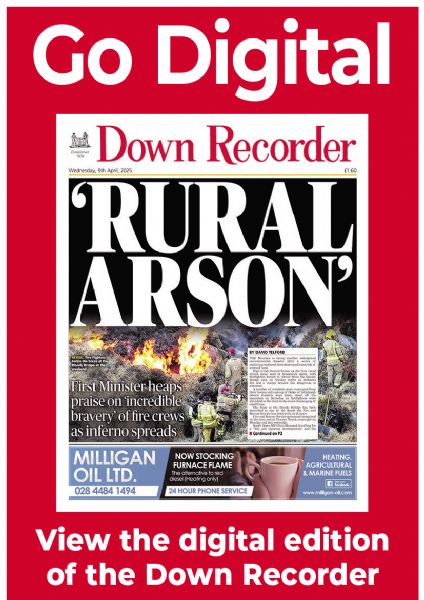Graze management is at the heart of recovery plan
Graze management is at the heart of recovery plan
30 April 2025
SOME of the measures the National Trust is using in fire recovery include the targeting of grazing management and digitally analysing their grazing behaviour.
The conservation charity’s ecologist, Patrick Doran, said this lets the organisation better understand the impact on the habitats.
He explained that by using innovative ‘no fence’ technology and introducing Luing cattle to the mountain to graze the invasive course grasses that thrived following the fire, the charity has accelerated habitat recovery.
“A collaborative approach to managing these upland habitats with our local farmer has been the key to the success of this project,” said Patrick.
“Conservation grazing is proving to be an invaluable tool in the recovery and management of these habitats –
it also helps to build resilience into the landscape by reducing the risk of fires.”
The Trust ecologist said that thanks to funding from Starling Bank, the charity’s ranger team is also carrying out restoration of deep peat habitats on Slieve Donard.
“This stores carbon, slows water flow and helps prevent further erosion of exposed peat. This will reduce the risk of wildfire and benefit the species that live there including red grouse, skylark, raven and kestrel.
Trust ranger James Fisher said the charity hopes this work will improve drought and fire resilience by holding water in the landscape during the summer months ahead.
“The Mournes have also seen an increasing number of people visiting and through our path work restoration and maintenance we encourage people to stick to the paths, protecting habitats from trampling,” he said.
“None of this work could happen without our brilliant volunteers, and of course funding from Starling Bank for the peat restoration.”
James added: “As a conservation charity, funding since the wildfire has been vital and we are also very grateful for the support of the Department of Agriculture, Environment and Rural Affairs Challenge and Environment Funds.”
A DAERA spokesperson said: “The monitoring, modelling and post fire recovery will feed into a wider discussion on wildfire prevention and post fire recovery for the Mournes and across Northern Ireland,” the spokesperson said.
“The Department welcomes the report which demonstrates the impact of the 2021 fire on Slieve Donard within the Eastern Mournes Special Area of Conservation.
“The Department is pleased to support this practical work, field trials and stakeholder engagement and looks forward to this work continuing so that any lessons on wildfire prevention can be implemented in the Mournes and other upland areas.
The spokesperson added: “We share concerns about the ongoing wildfires in the Mournes and the damage that they are causing.
“The majority of citizens are to be commended for using the countryside carefully during periods of enhanced wildfire risk. DAERA intends to continue support for wildfire work in the Mournes and to procure the development of a new wildfire plan for the area.”


